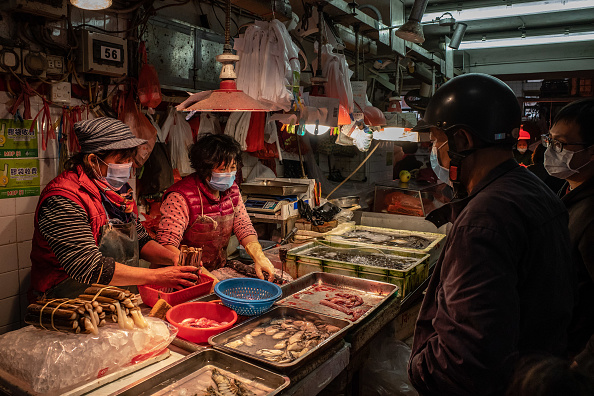THE CONNECTION BETWEEN PANDEMICS AND THE ENVIRONMENT
When the virus first broke out in Wuhan in late 2019, early 2020 many hoaxes regarding the origin of the virus began to circulate online, one of such hoax is that bat soup was the underlying cause of the virus. While it is true that bats might have been the carrier of the virus, a person eating bat soup in Wuhan (which isn’t even a delicacy in the region) most certainly wasn’t the cause of the outbreak.
Recently, Vermont Senator and Democratic Presidential Nominee hopeful, Bernie Sanders, hosted a live panel discussion on his YouTube channel. The panel featured Sonia Shah, an investigative journalist who has been covering how diseases tend to spread and how corporate power impacts global health. In her discussion, she mentioned how deforestation might have been a factor in the spread of coronavirus and other viruses. As many people know, forests are more than just vast places teeming with trees, they are homes to many wildlife such as bats. While bats are known to carry multiple diseases and viruses, they are also immune most of the diseases they carry. If the environment that bats reside in is left untouched, then no harm will come to animals (including humans) that are susceptible to these diseases. However, when deforestation happens then these bats are forced to migrate to find new homes, and many of these new homes are near human settlements. An article published in Forbes also asserts that scientists have for years been warning that deforestation and bat migration might potentially cause a virus outbreak. The article further indicated that since humans tend to settle near newly deforested areas, then there’s a good chance that carrier bats might come near them or livestock they might have on their property. Moreover, these migrating bats will be attracted to any area that carries the food they eat, and the problem with barns, especially lit ones, is that they tend to lure insects a popular food item for bats. As such, the carrier bats will infect livestock and the livestock will in turn infect humans. Meanwhile, fruit bats will go near fruit orchards to insatiate their appetites, this again has the potential to infect humans who work or live near these orchards.
As the coronavirus shows similar strands to viruses that have been carried by bats, scientists think that what most likely caused the viral outbreak is that a bat came near the livestock sold in one of Wuhan’s wet markets and said livestock became carriers of the virus which was then transmitted to humans. Since civets (one of the livestock in Wuhan) have previously shown to be carriers of the SARS virus, scientists think that the novel coronavirus might have mutated inside of them.

WHY WE CAN’T GO BACK TO NORMAL LIFE
What this pandemic has shown is that human complacency is a dangerous global phenomenon. While now more than ever, humans have become aware of the negative impact we have had on our environment not enough was being done to help resolve the looming crisis. Protests have been happening all around the world, but the overwhelming majority of the human race have either subsided to nihilistic complacency that nothing can be done to stop the looming disaster climate change will cause. What’s even worse is that we have global leaders who either vehemently deny the existence of climate change, or actively encourage activities that add to the crisis for economic gain.
For the longest time, humans have had the comforting thought that even though climate change might have devastating irreversible impacts on our lives, it is still something that will happen “years from now”. As a result, we go about procrastinating resolving the issue, effectively waiting for it to become worse before deciding to do something about it.
This current pandemic has been a vital reality check of what a global disaster looks like, but this crisis will be over in due time. However, climate change is an hourglass hanging above all our heads waiting to run out and once the sands of time congregate at the bottom half, then it will be too late to do anything. There will be no vaccine, or cure for rising sea levels, increased respiratory diseases due to air pollution or droughts. We need now to hold corporations and governments accountable for their impact on the environment, otherwise the anxieties we feel now might increase tenfold sooner rather than later.









